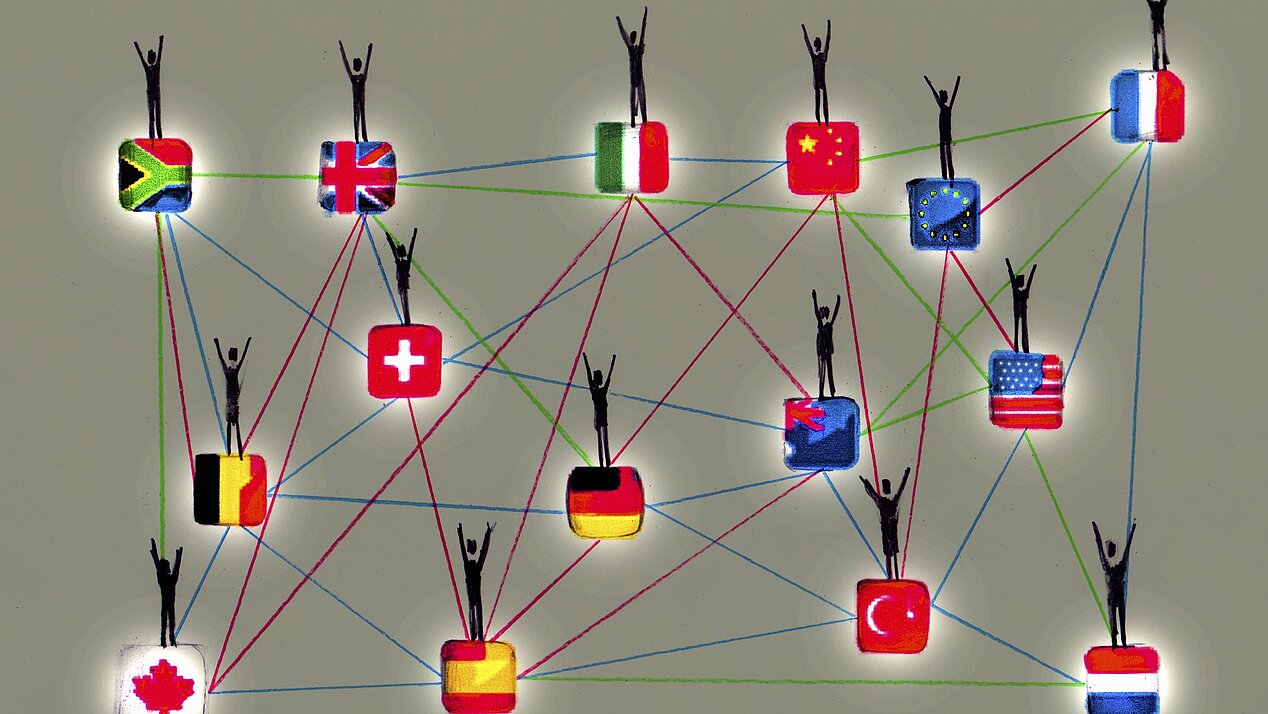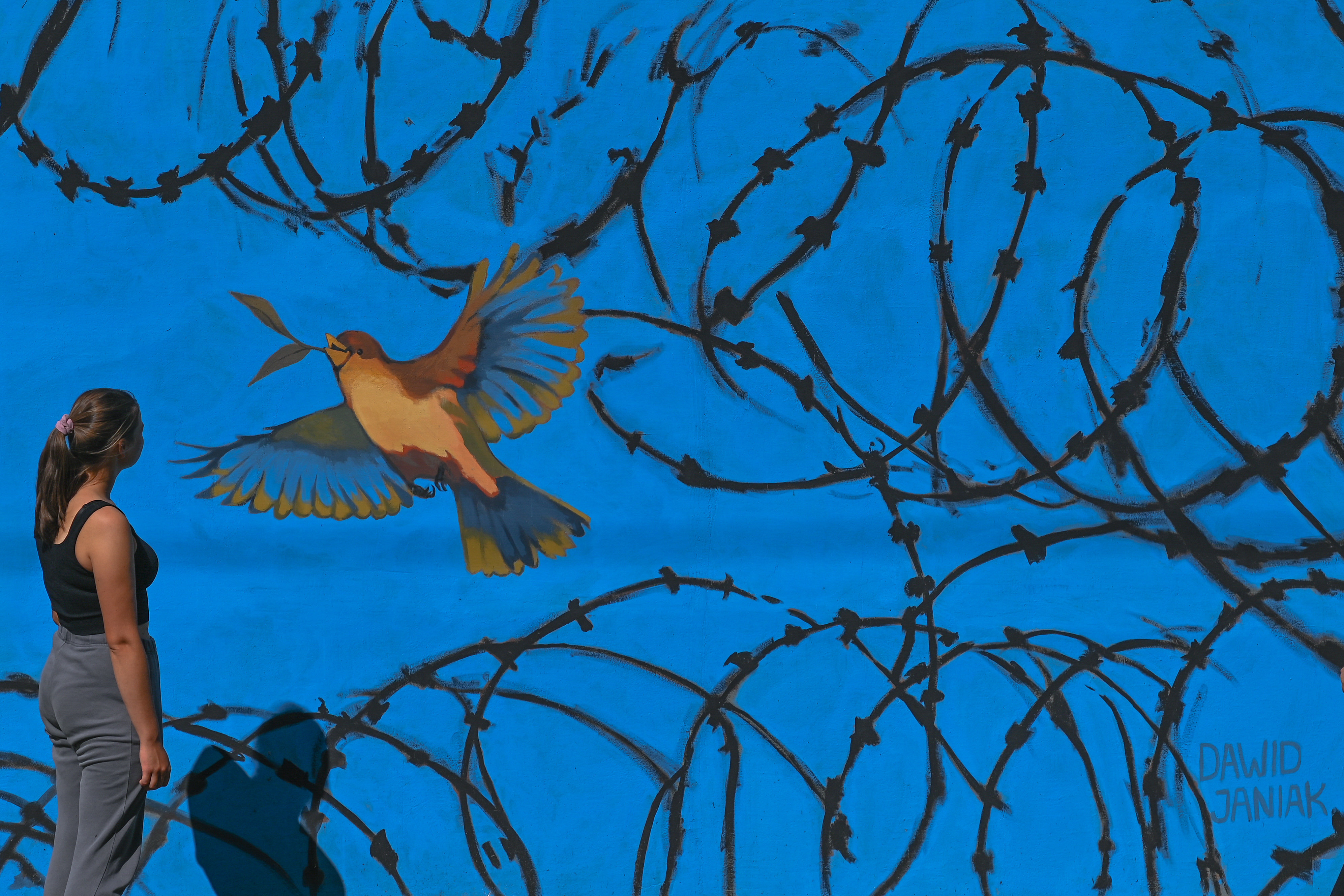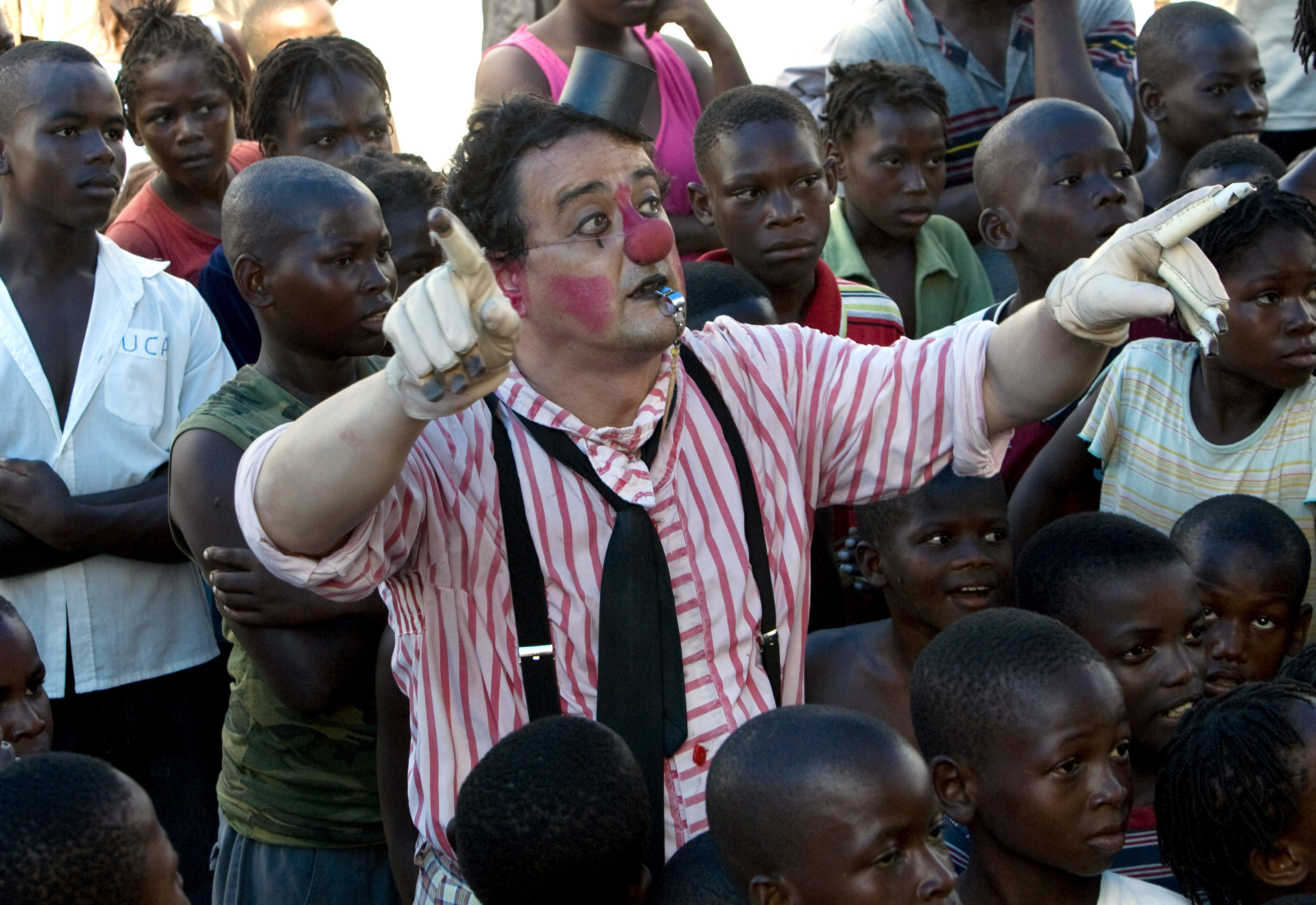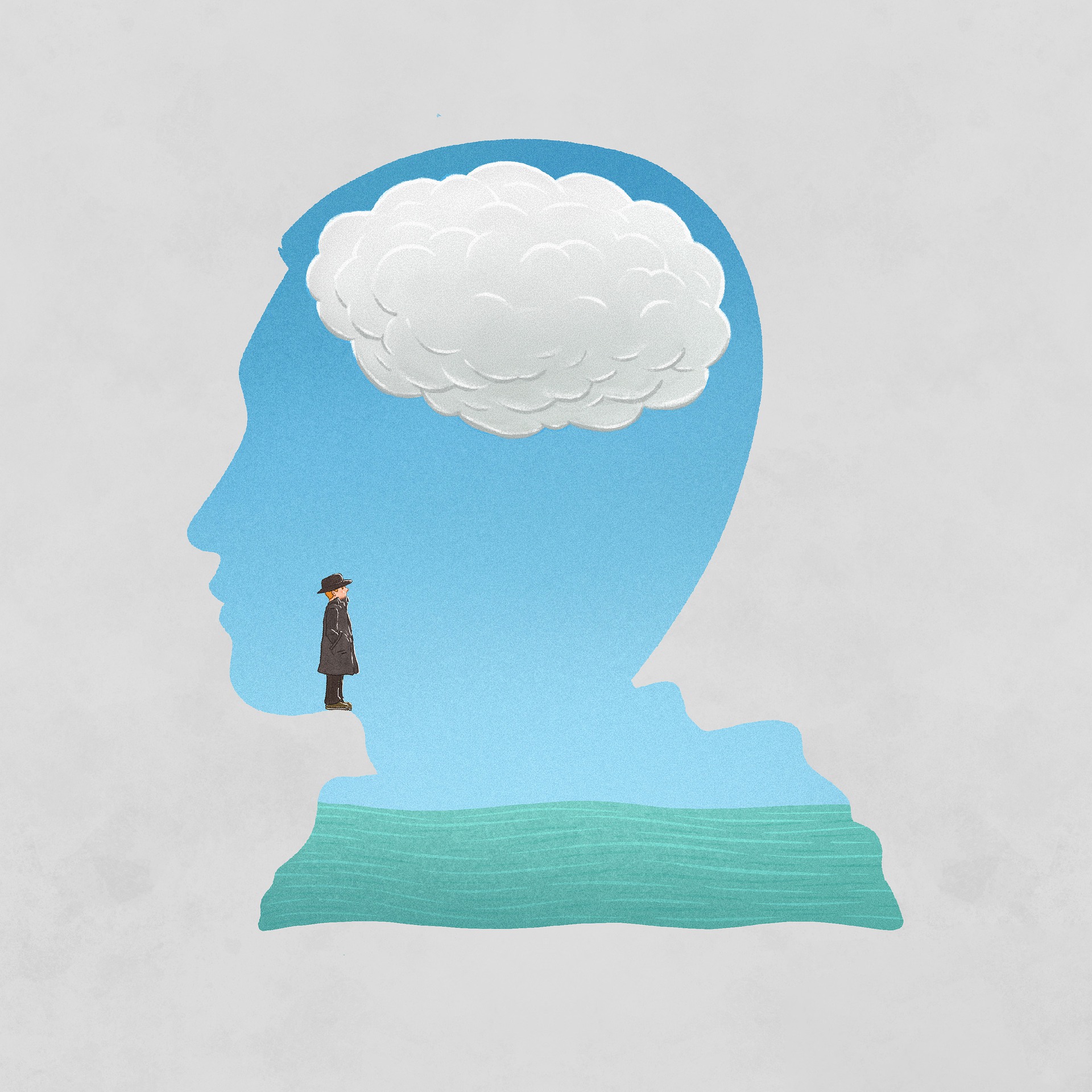
Damien Helly is an independent cultural consultant and director of his consultancy dh creative partnerships. He is also co-founder and board member of culture Solutions, an independent social innovation group that aims to strengthen the EU's international cultural relations.
Previously, he was a Visiting Professor at the Department of International Relations and Diplomacy at the College of Europe in Bruges and worked as Head of Cultural Skills, EU for the British Council and as a Senior Program Manager at ECDPM (European Centre for Development Policy Management) and EUISS (European Union Institute for Strategic Studies). Prior to EUISS, he was Head of the NGO International Crisis Group's office in Port-au-Prince, Haiti. In 2005-2006, Helly opened and managed an EU branch of the British NGO Saferworld in Brussels.
He works on sub-Saharan Africa, Euro-African relations, and the Common Security and Defense Policy (CSDP). Research interests include conflict prevention and crisis management.









